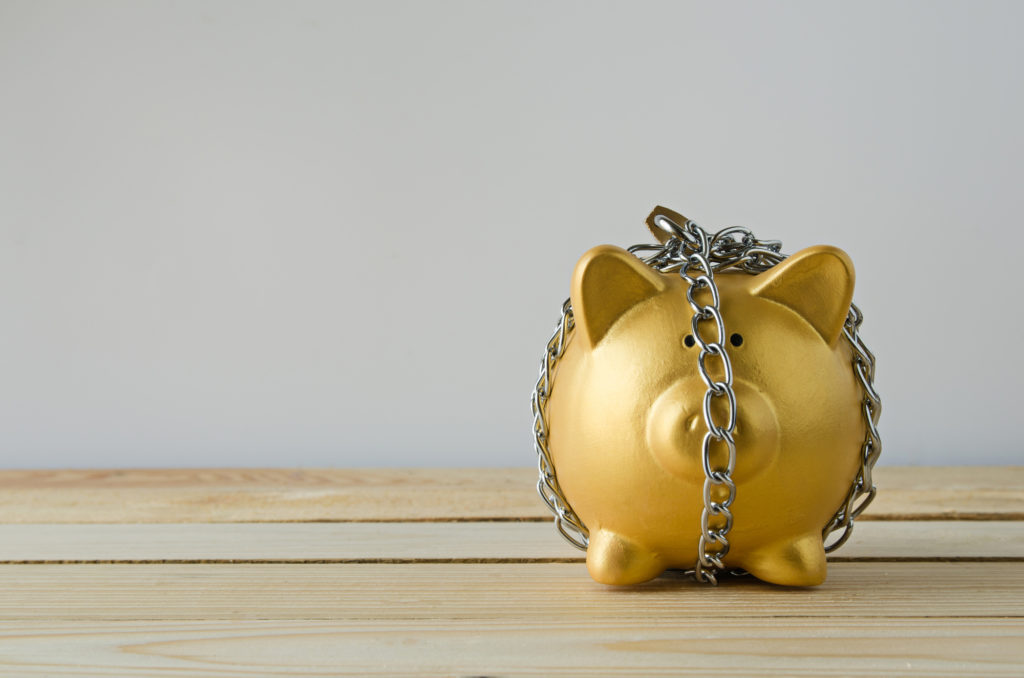
Inspecting your home on a regular basis and following good maintenance practices is the best way to protect your investment. Whether you take care of a few tasks at a time or several all at once, it’s important to get into the habit of completing these checks annually leading up to each season.
With winter well on its way, it’s important to establish a regular schedule to help prevent the most common – and also costly – problems from occurring. Be sure to make notes and take pictures of anything you’d like to share with an expert for advice or to help monitor the situation moving forward.
This checklist will help guide you in keeping your home a safe and healthy place to live this winter and year-round.
Of course, if you don’t feel comfortable performing some of the home maintenance tasks listed below, or you don’t have the equipment on hand to properly complete each section, you may want to call in a professional handy person.
Winter Checklist
- Check and clean or replace furnace air filters each month during the heating season. Ventilation systems, such as heat recovery ventilator filters, should be checked every two months
- After consulting your hot water tank owner’s manual, drain off a dishpan full of water from the clean-out valve at the bottom of your hot water tank to control sediment and maintain efficiency
- Clean your humidifier two or three times during the winter season
- Vacuum bathroom fan grills to ensure proper ventilation
- Vacuum fire and smoke detectors, as dust or spiderwebs can prevent them from functioning
- Vacuum radiator grills on the back of refrigerators and freezers, and empty and clean drip trays
- Check gauges on all fire extinguishers, and recharge or replace as necessary
- Check fire escape routes, door and window locks and hardware, and lighting around the home’s exterior. Ensure your family has good security habits
- Check the basement floor drain to ensure the trap contains water. Refill with water if necessary
- Monitor your home for excessive moisture levels – for instance, since condensation on your windows can cause significant damage over time and pose serious health problems, this requires corrective action
- Check all faucets for signs of dripping and change washers as needed. Faucets requiring frequent replacement of washers may be in need of repair or replacement
- If you have a plumbing fixture that’s not used frequently, such as a laundry tub or spare bathroom sink, tub or shower stall, briefly run some water to keep water in the trap
- Clean drains in the dishwasher, sinks, bathtubs and shower stalls
- Test plumbing shut-off valves to ensure they’re working and to prevent them from seizing
- Examine windows and doors for ice accumulation or cold air leaks. If found, make a note for repair or replacement in the spring
- Examine attic for frost accumulation. Check roof for ice dams or icicles. If there’s excessive frost or staining of the underside of the roof, or ice dams on the roof surface, be sure to have an expert look into the issue
- Check electrical cords, plugs and outlets for all indoor and outdoor seasonal lights to ensure fire safety. If showing signs of wear, or if plugs/cords feel warm, replace immediately


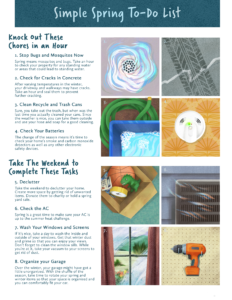
 HGTV CANADA1 / 12
HGTV CANADA1 / 12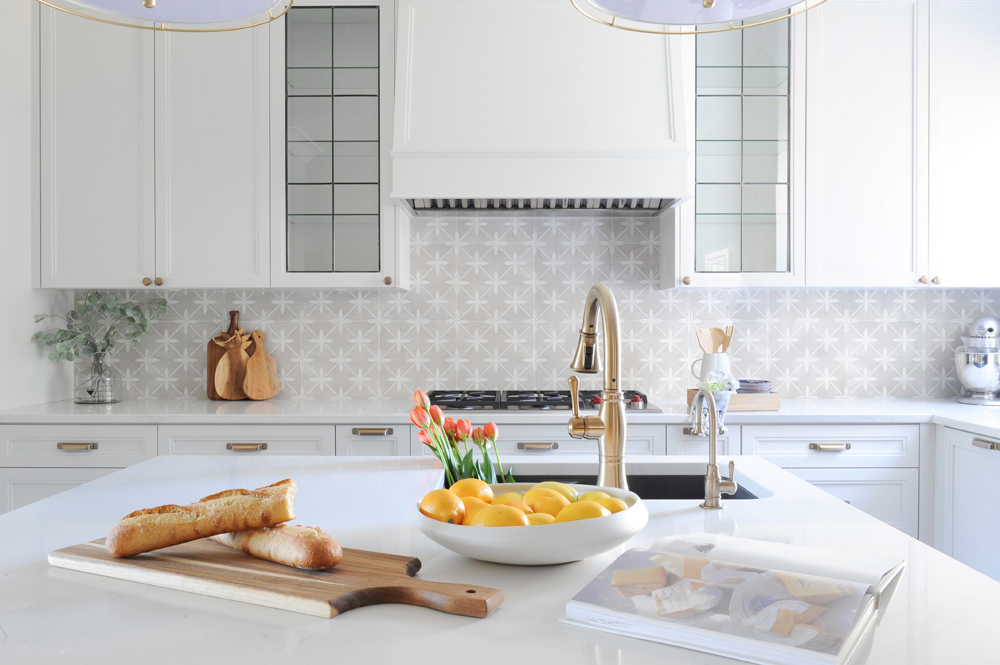 TRACEY AYTON2 / 12
TRACEY AYTON2 / 12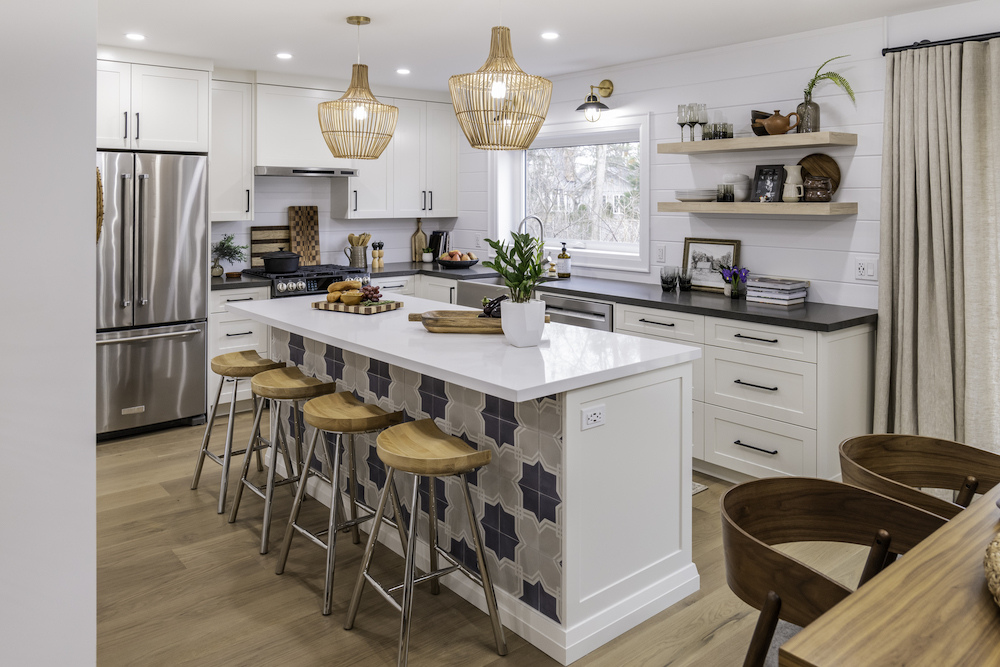 HGTV CANADA3 / 12
HGTV CANADA3 / 12 HGTV CANADA4 / 12
HGTV CANADA4 / 12 HGTV CANADA5 / 12
HGTV CANADA5 / 12 LAUREN KOLYN6 / 12
LAUREN KOLYN6 / 12 HGTV CANADA7 / 12
HGTV CANADA7 / 12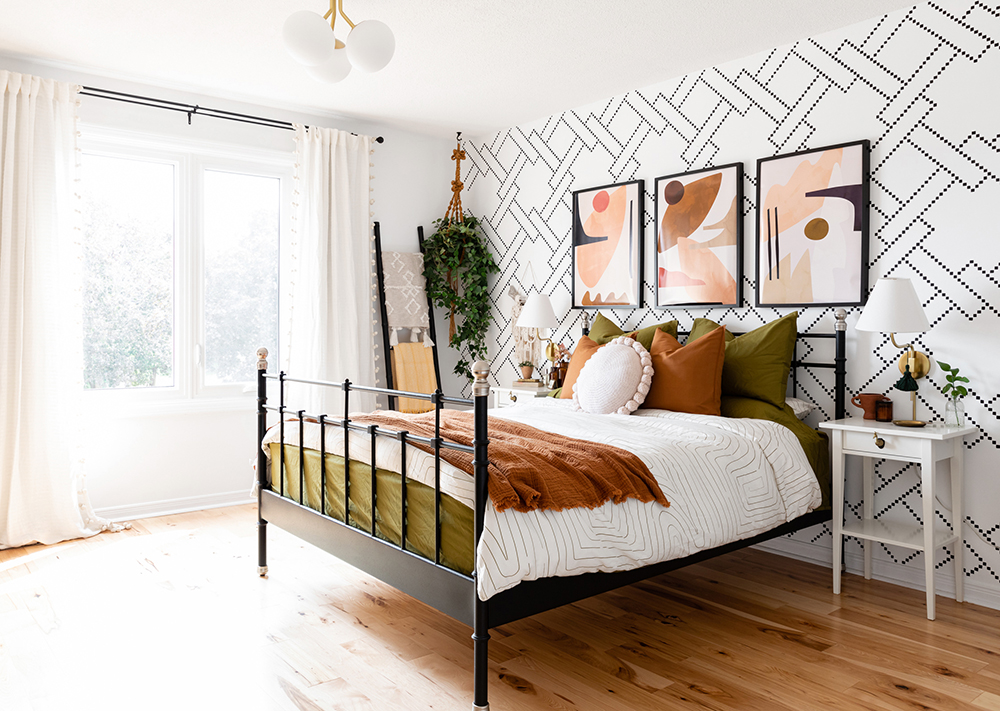 LAUREN KOLYN8 / 12
LAUREN KOLYN8 / 12 HGTV CANADA9 / 12
HGTV CANADA9 / 12 HGTV CANADA10 / 12
HGTV CANADA10 / 12 HGTV CANADA11 / 12
HGTV CANADA11 / 12 HGTV CANADA12 / 12
HGTV CANADA12 / 12



